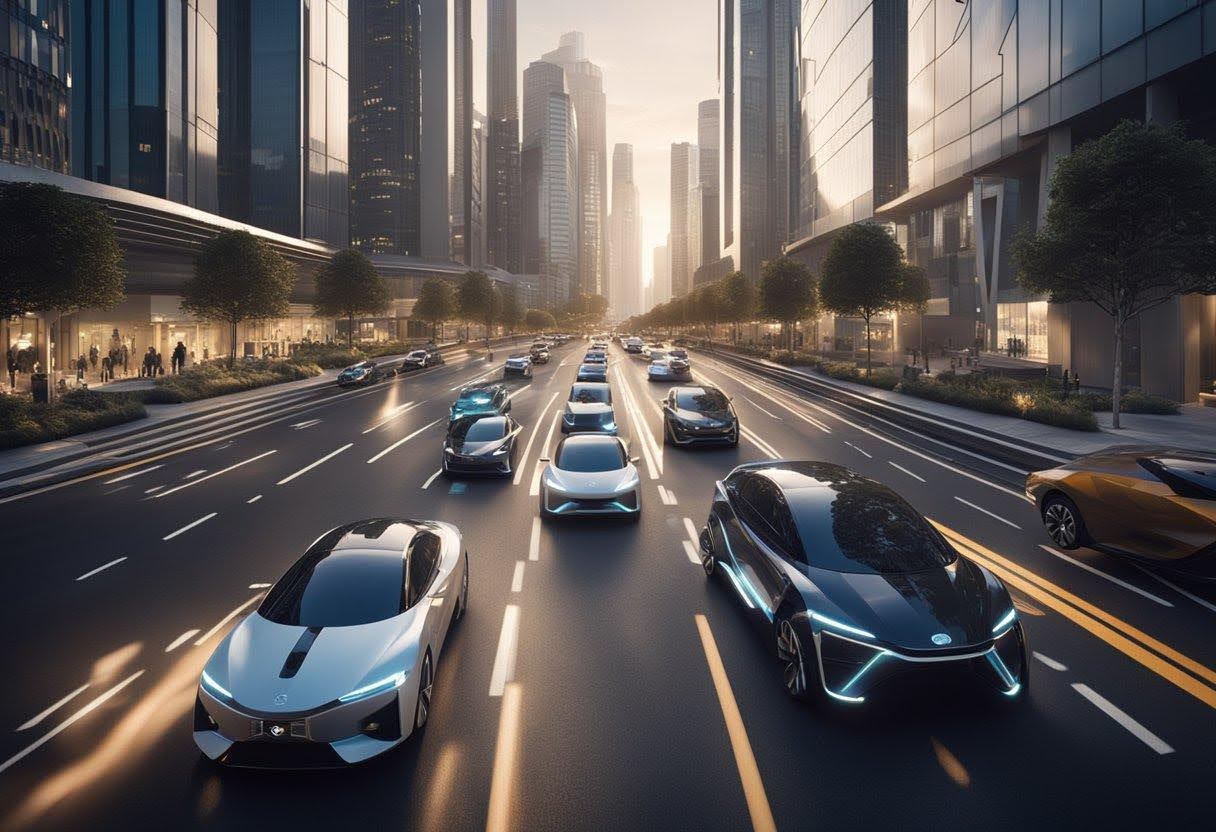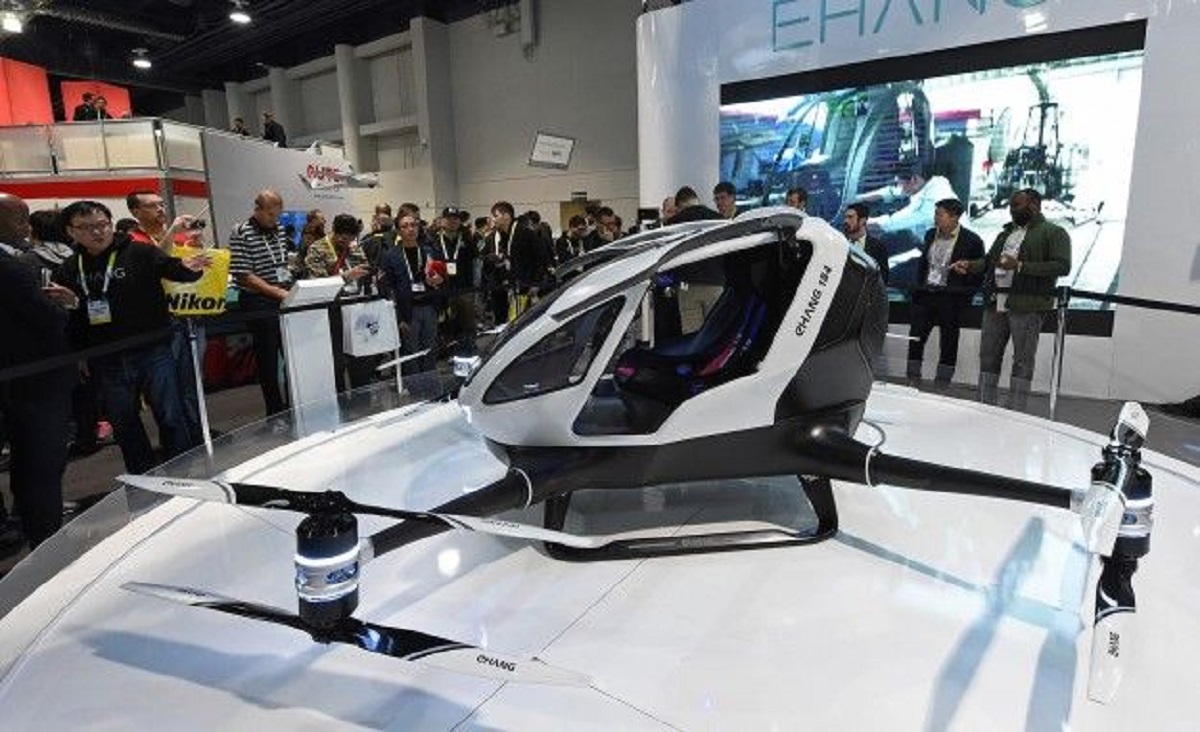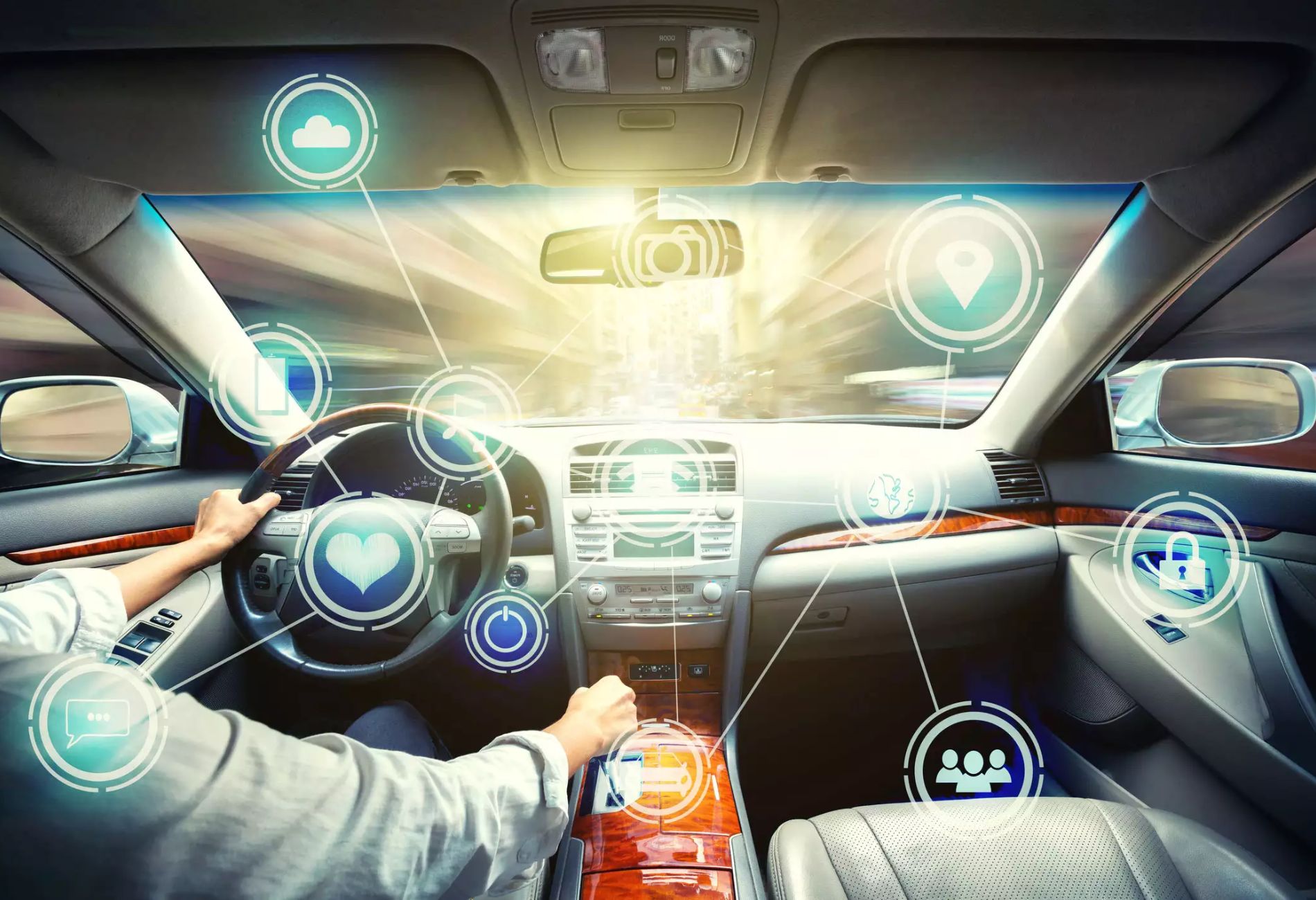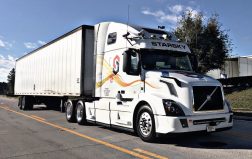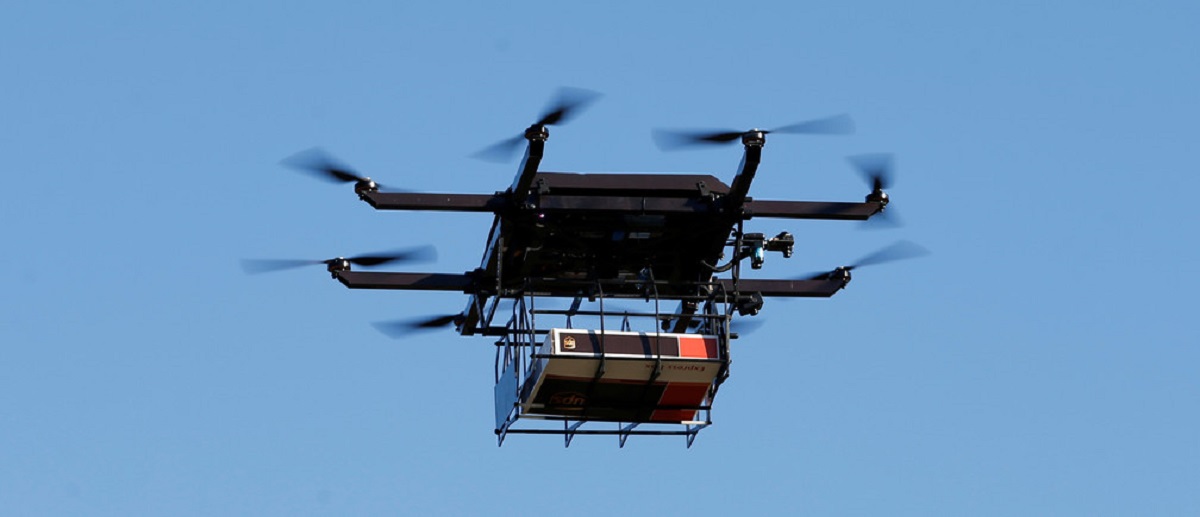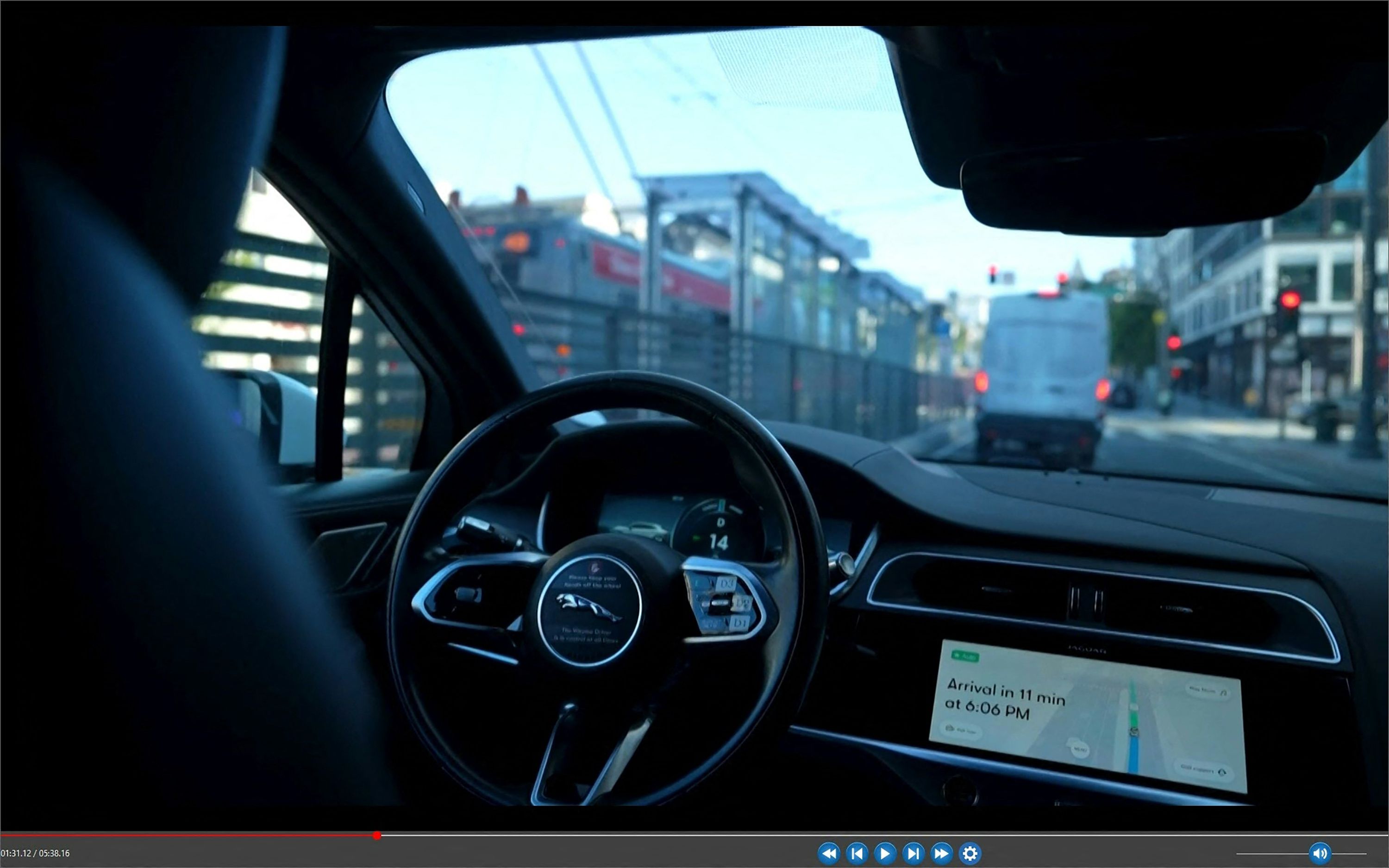Autonomous vehicles, or self-driving cars, are poised to revolutionize the transportation landscape. They hold the promise of significantly reducing traffic accidents, as most are attributed to human error. With the ability to process information faster than a human driver and the potential for constant communication with other vehicles and traffic management systems, these vehicles could theoretically operate more safely and efficiently.
However, the shift toward autonomous driving also presents considerable challenges and risks. Technical reliability, cybersecurity concerns, and ethical decision-making in unpredictable scenarios are just a few of the obstacles developers face. These issues must be addressed to ensure the safety of passengers, pedestrians, and other road users.
Evolving Technologies in Autonomous Vehicles
Advancements in Sensor Technology
Lidar (Light Detection and Ranging) sensors have become more precise, offering high-resolution real-time data to map the vehicle’s surroundings. The latest models are not only smaller and more robust but also cost-effective, allowing for broader application. Radar systems complement this by providing long-range vision in diverse weather conditions.
Machine Learning and AI
Neural networks are at the core of vehicle decision-making processes, where they process sensor data to understand the environment. Algorithms responsible for object detection and traffic pattern recognition are now more reliable owing to extensive training with large datasets.
Vehicle-to-Vehicle Communication Systems
V2V communication enables interconnected vehicles to transmit their position, speed, and direction to one another. Utilizing Dedicated Short Range Communications (DSRC) protocols, these systems enrich the vehicle’s perception beyond the line-of-sight, significantly enhancing predictive capabilities for traffic management and collision avoidance.
Impact on Road Safety and Legal Considerations
Autonomous vehicles (AVs) are poised to reshape road safety and require a re-examination of legal frameworks. The integration of this technology brings both a decline in traffic accidents attributed to human error and new considerations for liability and regulatory oversight.
Safety Statistics and Predictions
Most traffic accidents are currently attributed to human error. Autonomous vehicles, which rely on sensors and algorithms to operate, promise a significant reduction in such accidents. Studies predict that AVs could reduce traffic accidents by up to 90%. Data from simulations and early real-world deployments corroborate these findings, but the full impact on safety will only become clear as more AVs hit the roads.
Regulatory Framework
Governments are developing a regulatory framework for autonomous vehicles that aims to ensure safety while fostering innovation. Key components of this framework often include:
- Testing and Certification: Requirements for comprehensive road testing and safety certifications before AVs can operate publicly.
- Standards for Vehicle Communication: Protocols for vehicle-to-vehicle and vehicle-to-infrastructure communication.
Liability in Accidents
When accidents involving AVs occur, determining liability becomes complex. Traditional frameworks hold drivers accountable, but AVs challenge this notion. Liability may spread across:
- Manufacturers: For defects in the AV’s design or software.
- Operators: If they misuse the technology or ignore maintenance.
- Other Road Users: When negligence or unlawful behavior contributes to an accident.
Car accident lawyer play a crucial role in navigating these new legal landscapes, representing parties involved in AV-related incidents. They must stay abreast of evolving laws and regulations to effectively advocate for their clients.







